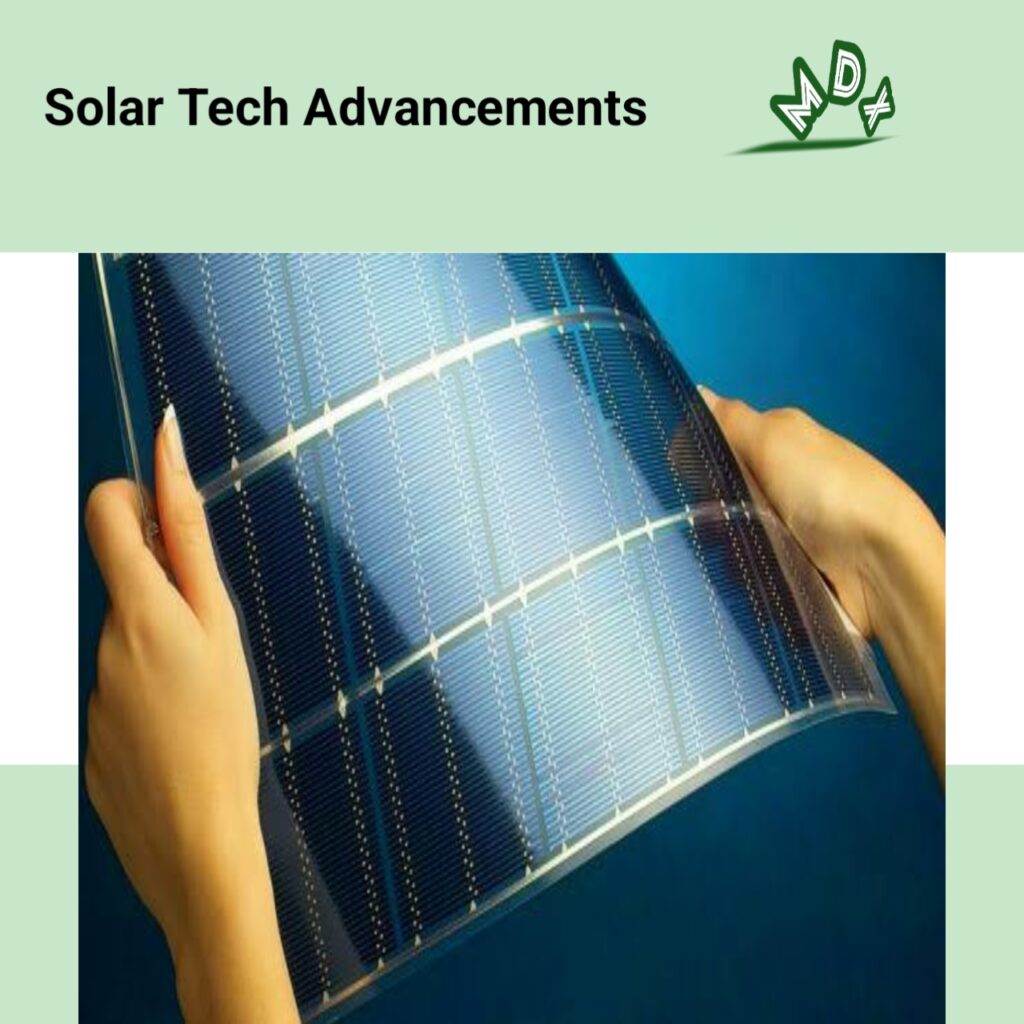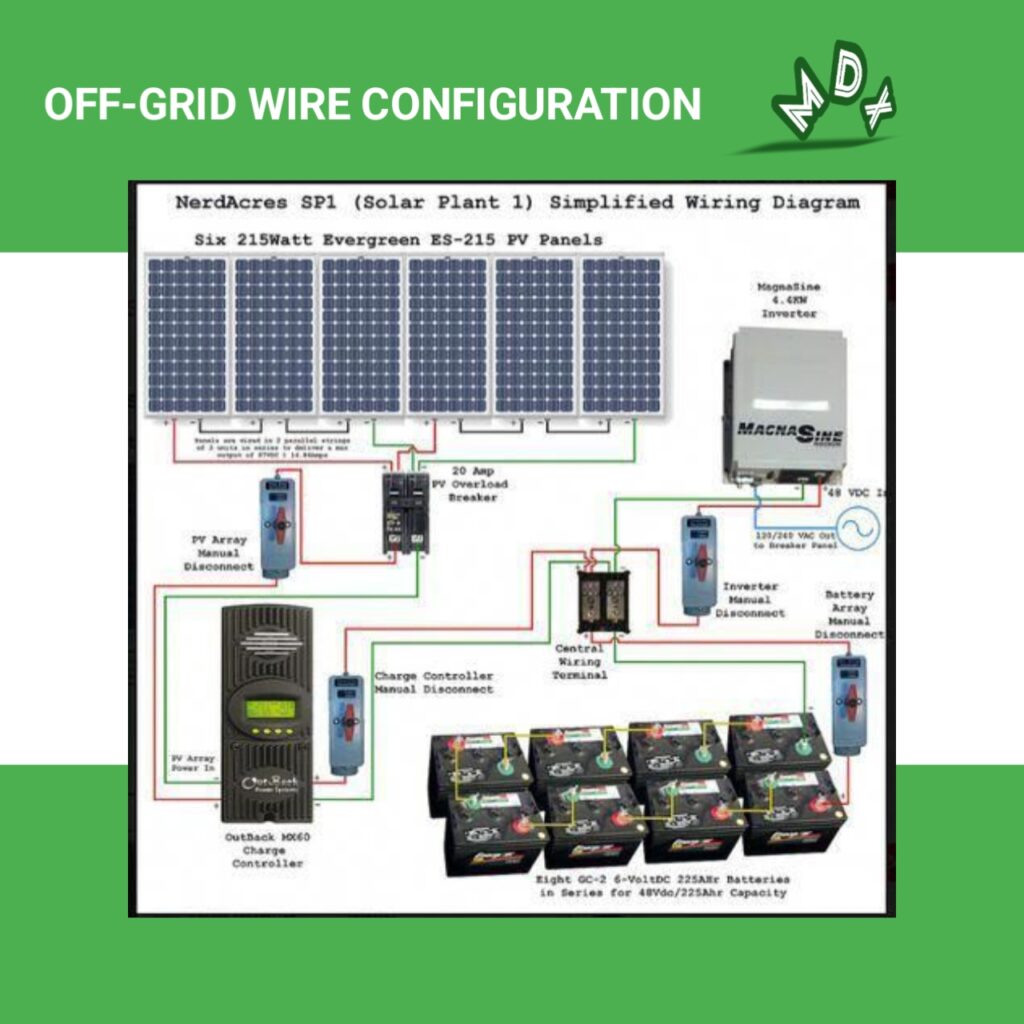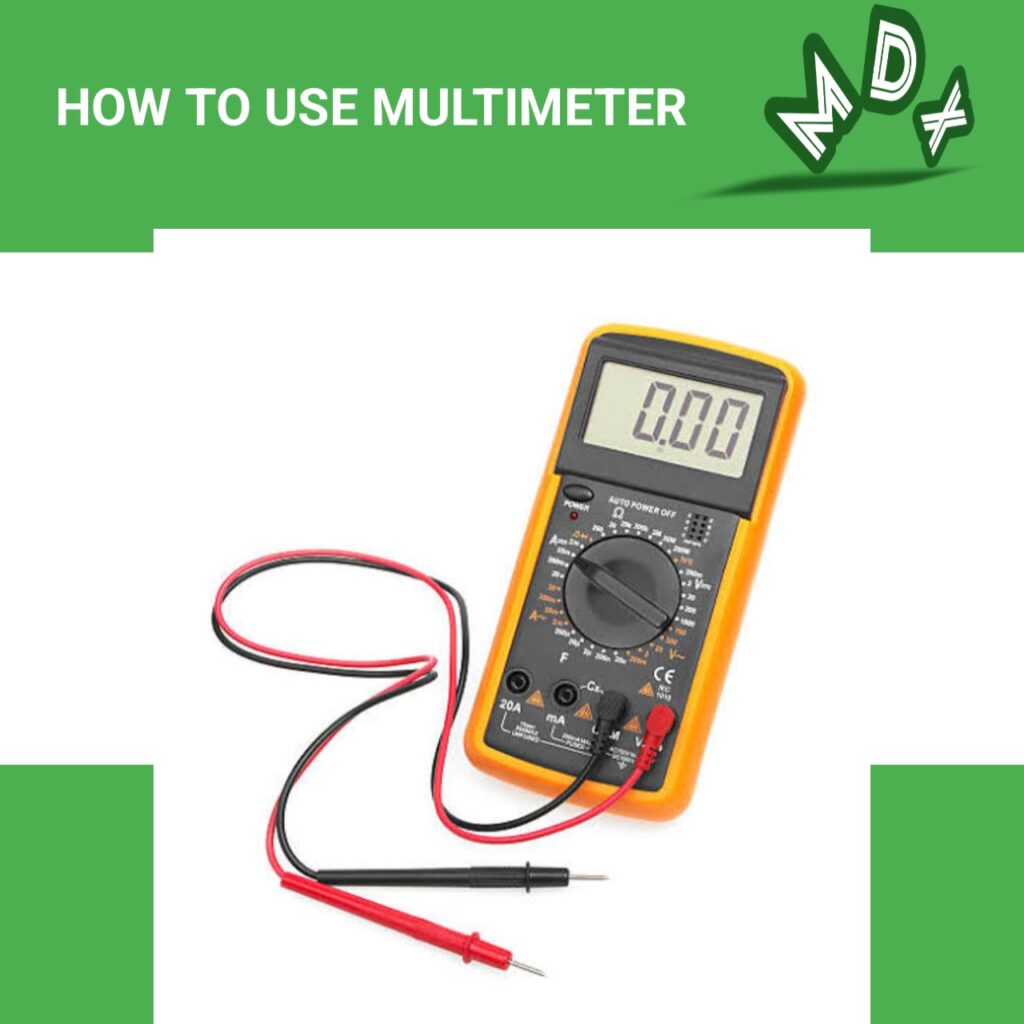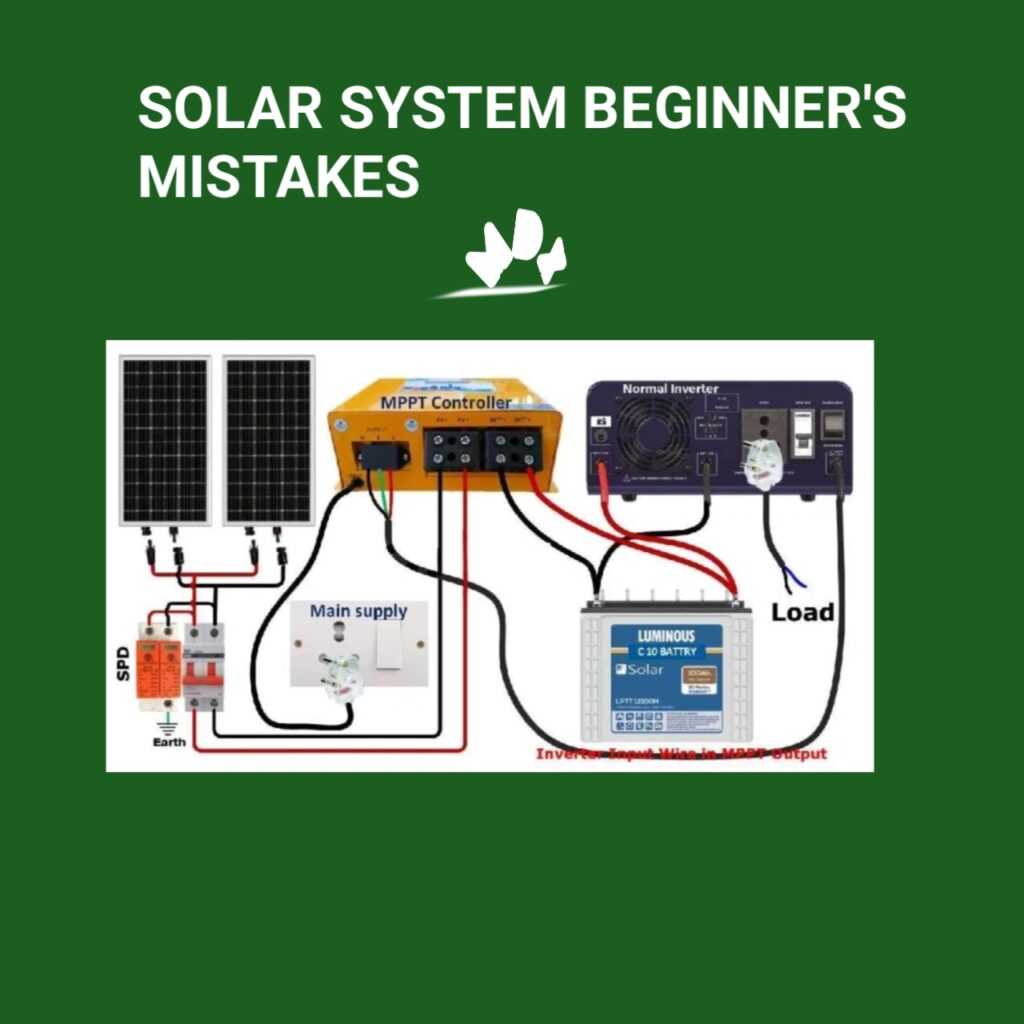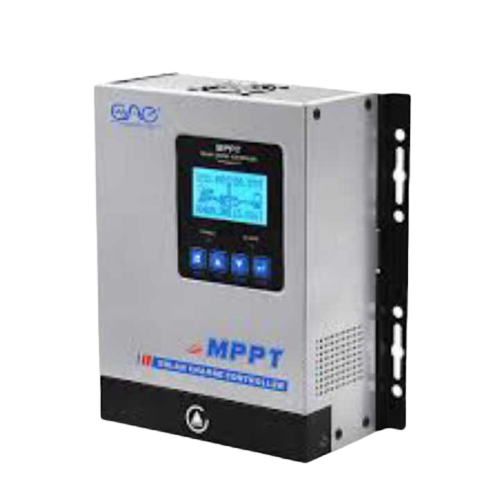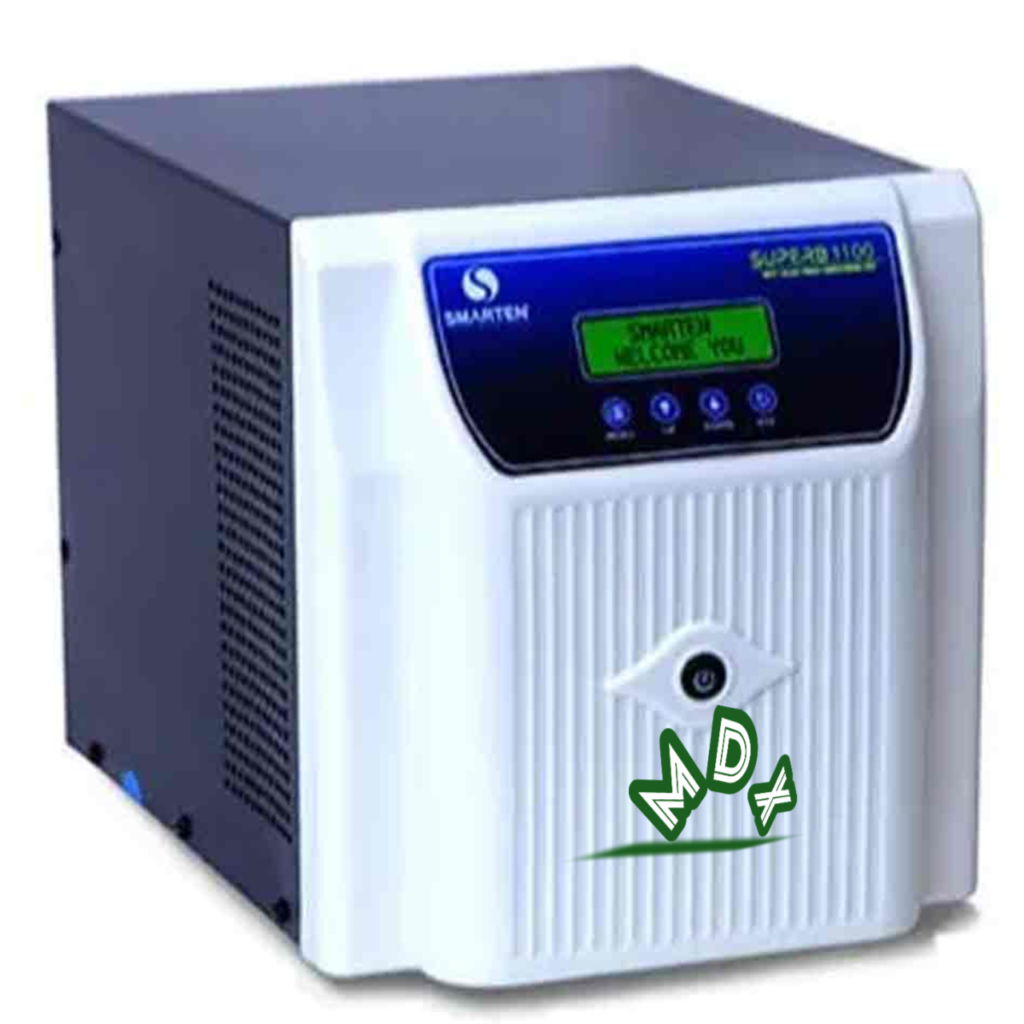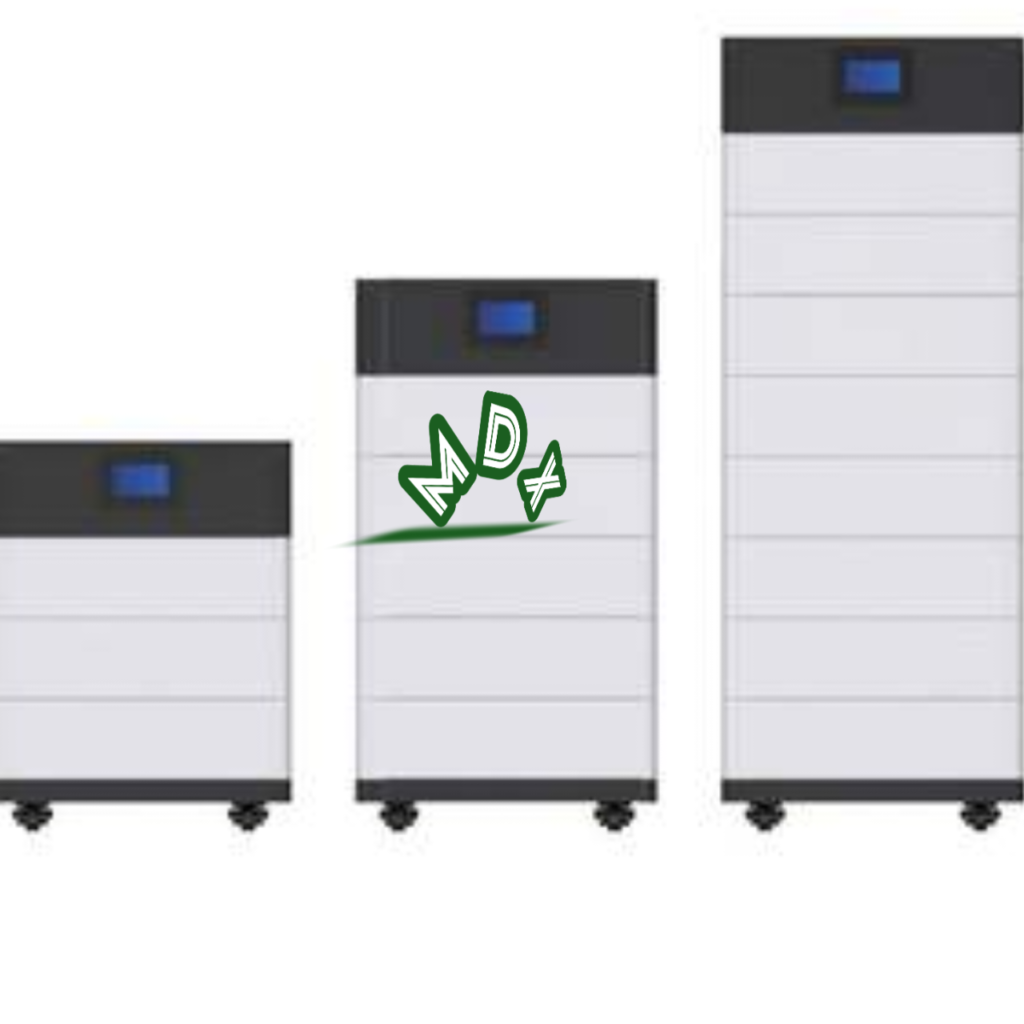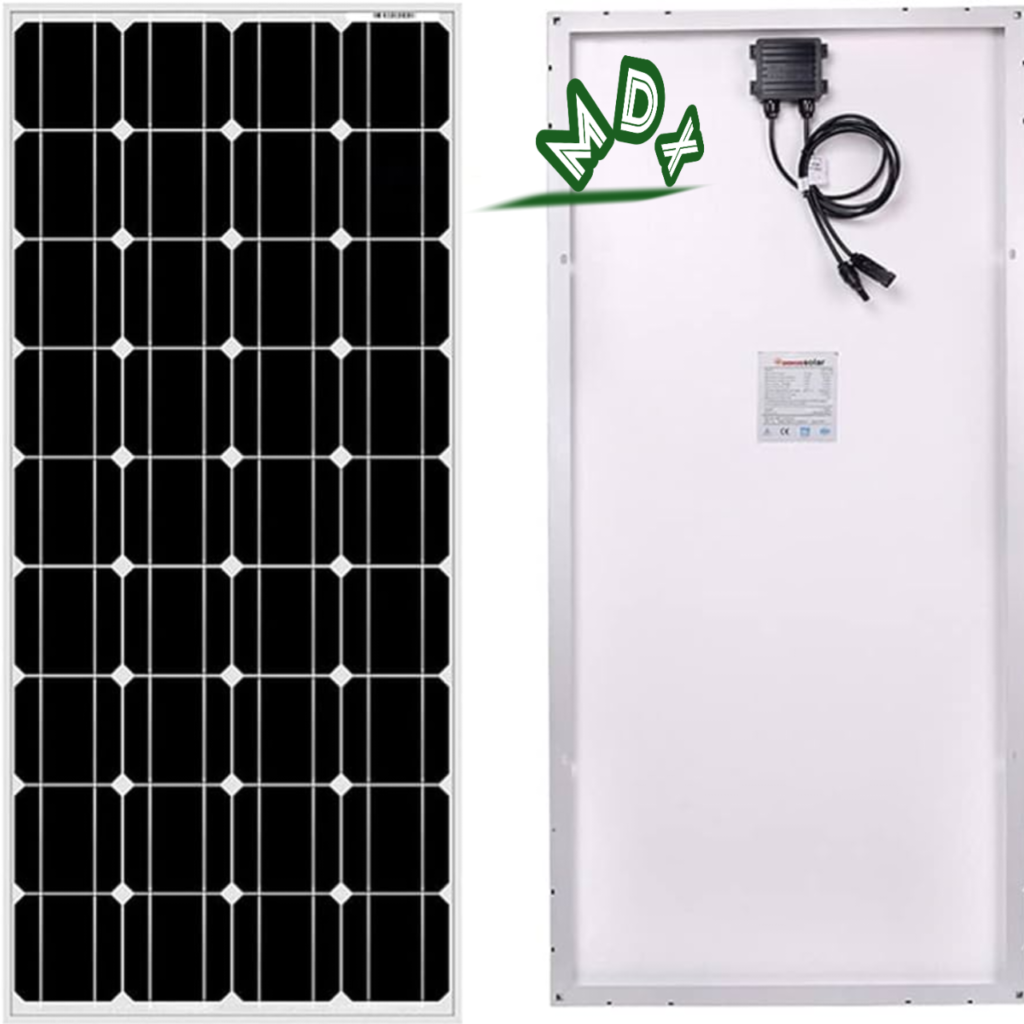Solar panel health check … You may carry out a number of tests and checks to ensure that your solar panels are in good condition and performing at their best. Proper Maintenance and management can never be over emphasized when talking about solar panels. Solar panel is a photovoltaic electronic device that converts solar energy into a direct current energy.
This article is here to highlights the important of keeping a close look on your solar panel necessary parameters. These parameters can determine the general performance of your solar panels. However, I want my readers to understand all the parameters and how they can be measured. Below are some essential criteria to take into consideration:
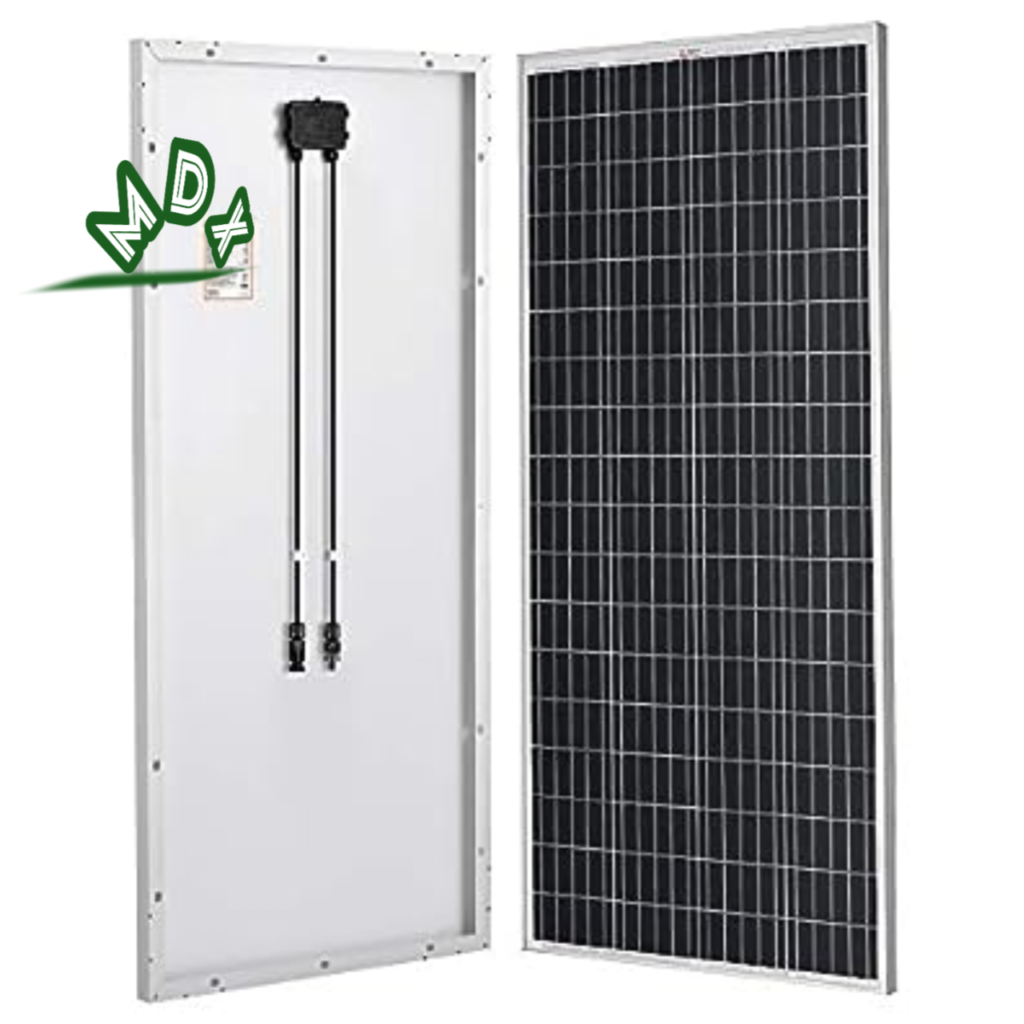
SOLAR PANEL HEALTH CHECK | FIVE PARAMETERS YOU SHOULD CHECK ALWAYS
- Peak output Power
- Current
- Voltage
- Open circuit Voltage
- Short Circuit Current
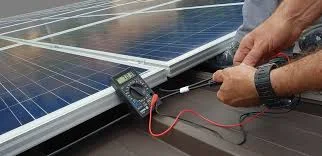
SOLAR PANEL HEALTH CHECK | PARAMETERS YOU SHOULD CHECK ALWAYS
PEAK OUTPUT POWER:
A solar panel’s peak output power (POP) is the most power it can generate under STC, or standard test conditions. In the panel’s specification, the manufacturer often specify the peak output power.
The S.I unit of this power is in watts (W) or kilowatts (kW). For instance, commercial or utility-scale solar panels may have higher peak power ratings 350W, 400W, or more. The average domestic solar panel may have an output peak power between 100watts to 450 watts.
Remember that a solar panel’s actual power output under real-world circumstances could differ from its peak rating. Weather, temperature, shade, dirt, and panel aging causes this difference. Therefore, even though the peak power is a good benchmark. The actual power output of your solar panels will vary depending on these outside variables.
CURRENT:
The design, size, efficiency, and amount of sunlight that a solar panel receives are only a few of the variables that affect how much current it can produce. Solar panels produces Direct current (DC) electricity; the S.I unit of the output current is in amperes (A) or milliamperes (mA).
A solar panel’s current output is directly proportional to the amount of sunshine it receives. The solar cells of the solar panel absorb photons when exposed to sunlight, which leads to the formation of electron-hole pairs and a current flow. The current output increases as the intensity of the sun increases.
As the sun’s angles and weather change during the day, the current output may also change. Aspects like temperature, shadowing, and the age of the solar panel will also have an impact.
Remember that you connects your solar panels in array form, and the number of panels connected in series or parallel will determine the current output of the total system.
We use DC multimeter to measure the solar panel output current. Be cautious when working with solar power and energy, though, and think about asking a professional expert or installer for advice if you have any questions about the measurements or safety measures.
VOLTAGE:
A solar panel’s design, size, efficiency, and exposure to sunlight are only a few of the variables that affect how much power it produces. Solar panel produces Direct current (DC) power, and the S.I unit of the voltage output is in volts (V).
The voltage output of a solar panel is inversely proportional to the quantity of sunshine it receives, much like the current output. The solar cells in the panel generate a voltage potential across their terminals when exposed to sunlight as a result of the movement of electrons. The voltage output increases as solar irradiance increases.
Based on the sun’s location, the weather, shading, temperature, and the age of the solar panel, the voltage output can change during the day. When the panel is exposed to direct sunshine, the voltage is usually higher; when it’s overcast or shaded, the voltage is normally lower.
An example of a voltage-current (V-I) curve, which depicts the relationship between the voltage and current at various degrees of sunlight intensity, can be found in the manufacturer’s datasheet for the solar panel. However, The maximum voltage output under particular test settings. Such as Standard Test settings (STC) or Nominal Operating Cell Temperature (NOCT), is typically stated in the datasheet.
It’s important to realize that a single solar panel’s voltage output could not be adequate for the majority of applications. In order to create solar arrays that can produce larger voltages or currents. Also, depending on the system needs, you can connect solar panels in series or parallel frequently.
A multimeter that can measure DC voltage is used to determine the voltage it generated . Again, use caution when working with electricity, and if necessary, think about hiring a professional technician or installer.
OPEN CIRCUIT VOLTAGE (Voc):
This is the voltage across a solar panel terminals when it is not on load. Thus, this is the highest voltage a solar panel can produce while under sunlight but without any load.
One of the important factors used to assess the performance of a solar panel is the open-circuit voltage. And you can measure the voltage according to STCs.
Solar cells quality arrangement in the panel have an impact on the open-circuit voltage. Depending on the type of the solar panel; either monocrystalline, polycrystalline, or thin-film—it varies.
When building solar systems, you should consider the open-circuit, particularly for off-grid applications where batteries stores the extra energy. Determining the best solar panel arrangement to fit the voltage needs of the battery bank and the entire system is helpful.
Remember that the open-circuit voltage will change as the amount and temperature of sunlight change.
Simply measure the voltage across the positive and negative terminals of the solar panel at no load. So, as to determine the open-circuit voltage using a multimeter that can measure DC voltage. Exercise caution when making any electrical measurements. If you have any questions about the process, think about asking an expert for help.
SHORT CIRCUIT CURRENT:
The current that passes through a solar panel’s terminals when its positive and negative terminals are directly linked to one another (short-circuited) in the absence of any external load is known as the short-circuit current (Isc). The voltage of the solar panel is at almost zero in this situation, and the short circuit is receiving the whole output current.
Short-circuit current is a crucial metric you can use to assess a solar panel’s performance, much as open-circuit voltage (Voc). Additionally, it is assessed in STCs, or standard test conditions.
The size, cell technology, and design of the solar panel all affect the short-circuit current. When there is no external resistance to restrict the current flow. Hence, it shows the highest current that the solar panel can generate under the particular test conditions.
When constructing solar systems, understanding the short-circuit current is important. Especially when connecting several solar panels in series or parallel. In other to produce the required voltage and current levels for a particular application.
Also, it’s crucial to remember that the solar panel’s current-voltage (I-V) curve has two extreme points at the short-circuit current and open-circuit voltage. This curve offers important details regarding the behavior of the panel at various operating points.
We use special tools to measure solar panel short circuit current. Such tools includes: a solar cell tester or a current clamp meter. Without the correct tools, directly short-circuiting a solar panel can be risky and potentially harmful. It is therefore better to employ appropriate testing equipment.
sUMMARY | SOLAR PANEL HEALTH CHECK
Making a maintenance schedule to carry out these measurements and inspections on a regular basis is a smart idea. For advice on maintenance best practices and specific parameters to watch for your particular solar panel model.
Always review the manufacturer’s datasheet or get in touch with a reputable solar panel service provider.
If you disagree and you think I missed something, please let me know in the comments section below and I will see you in the next article. Also, If you are new to this blog mandexsolar. This is a solar system blog that solves all solar system installation related challenges and questions by writing.
Therefore, I advice you to bookmark this page for easy access any time you want to verify any any solar system related challenges.

